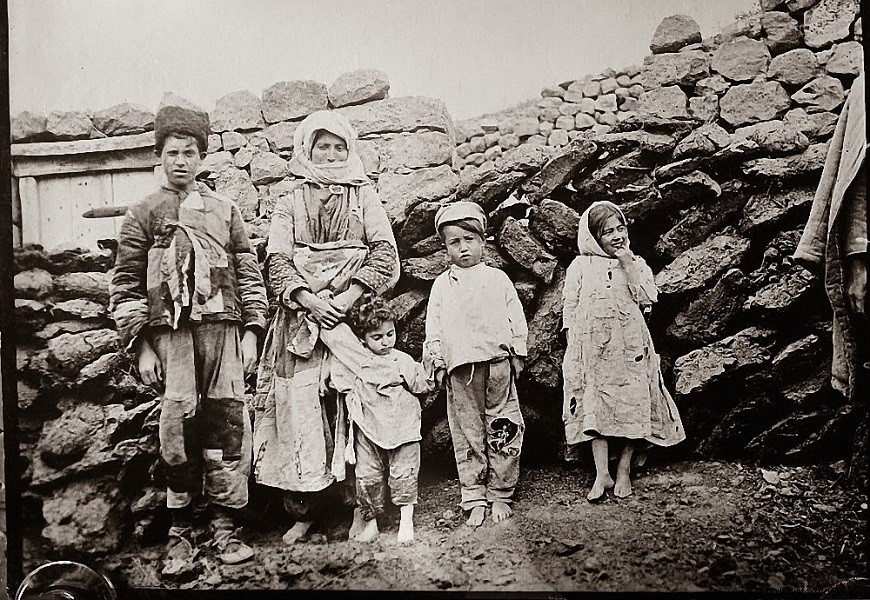
The 20th century was marked as a century of catastrophes and killings. The two world wars brought entire cities to destruction and millions of people to death. In the meantime, some government regimes that were guided by nationalist, eugenicist and racist ideological political orientations carried out the project of systematic extermination of peoples that they considered to be inferior or that diverged from their project of territorial expansion, among other reasons. The reasons were numerous. The case of the holocaust dos Jews , that is, the genocide of the Jews by the Nazis, is an example. The holodomor, that is, the genocide of Ukrainians by the Soviets, is another. But before those two, there was the Armenian genocide perpetrated by the Turkish-Ottoman Empire.
The Turkish-Ottoman Empire controlled a vast region, stretching from the Caucasus , passing through the Balkans , Anatolia , Arabian Peninsula and across much of the Middle East . The Armenia , which had been conquered by the Turks, became a subject of the sultans. During World War I , which began in 1914, the interests of the Turkish-Ottoman Empire were against those of various peoples and nations involved in the war, including against Muslim Arab tribes.
A good part of the Armenian fighters, as well as the political and intellectual leadership of this people, allied with other peoples against the Turks. Some Armenian fighters fought alongside the Russians (historical enemies of the Turkish-Ottoman Empire). The Turkish authorities claimed this factor as high treason and used this subterfuge to institute a systematic policy of killing against the population of Armenia.
The genocidal program was authorized by the sultan Abdul-Hamid II and organized by the Turkish Prime Minister, Mehmet Talaat , the minister of war, Ismail Enver , and the Minister of the Navy, Ahmed Jemal . The strategy consisted of:1) Summon Armenian soldiers to war . This meant leaving cities and towns unprotected, while on the battlefront the Armenians only served to dig trenches and were soon exterminated by Turkish soldiers. 2) remove population from cities , causing massive migratory waves towards concentration camps in the Deir al-Zor desert. The justification given for the evacuation of the Armenians was an alleged offensive by the Triple Entente .
As the population, mostly composed of women, elders and children, wandered towards the desert fields, some were already dying on the way to starvation. Women were sexually abused and sold into slavery. As highlighted by Yuri Vasconcelos :“'Armenian girls were sold into slavery and children were boxed alive and thrown into the Black Sea', reports Nubar Kerimian , in the book Massacres of Armenians . 'Priests were also burned tied to crosses, like Jesus, and fetuses ripped from their mothers' wombs, thrown into the air, and trimmed with the sword.'” [1].
This type of atrocity became intense between 1915 and 1918. With the end of the war, Armenia was annexed to the USSR . However, the population of Armenians that managed to return to central regions of Turkey became the target of Turkish attacks again, as Yuri Vasconcelos emphasizes:
“This time, the violence was directed at Armenians who had returned to their homes in Eastern Anatolia after the end of World War I. The executions, torture, expulsions and ill-treatment were engineered and promoted by the nationalist government of Mustafa Kemal Atatürk, considered the father of modern Turkey. In 1923, the Armenian population in Turkey was restricted to the existing community in Constantinople.” [2].
To this day Turkey does not recognize this genocide .
[1] Vasconcelos, Yuri. Genocide Armenian. April Student Guide.
[2] Ditto.
